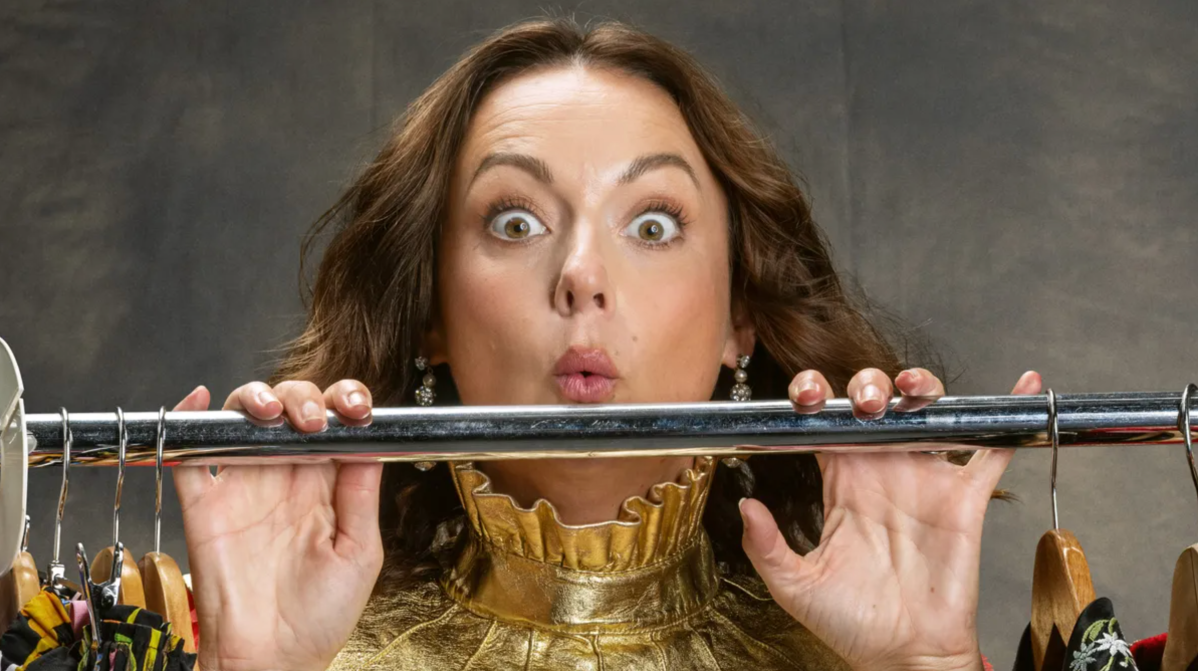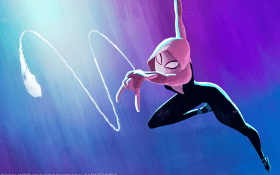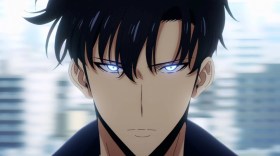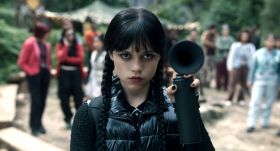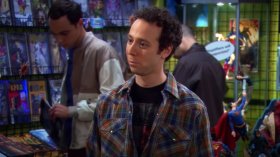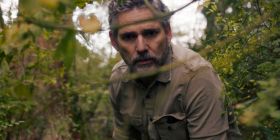Celeste Barber is an actor and social media star whose public persona pivots on being ‘relatable’ to ‘ordinary’ women, and who came to fame by highlighting the bizarrely artificial imagery of fashion and celebrity marketing. She’s the perfect host to tease apart a conundrum: ‘why is it that fashion can run so deep into our psyche – and if it is so deep, why do you think it’s so often considered as shallow?’
This is an ambitious question for your average general-audience pop-history documentary. As someone who wrote a book about the universal experience of wearing clothes, only to see it relegated to the niche ‘fashion’ sections at the backs of bookstores, I was immediately intrigued that The Way We Wore is framed in terms of the everyday wear of clothing.
Yet I was pre-emptively sceptical of its all-encompassing ‘we’. In just three hour-long episodes, could it truly cover everything that clothing means to all Australians? Impressively, director Nel Minchin (Firestarter, Making Muriel, Matilda & Me) gives it a go.
Pushing the format
The Way We Wore adopts the ‘narrator + archival footage + talking heads’ format that will be familiar from other ABC pop-history documentaries. It could easily have been a chronologically organised victory lap of archival footage designed to invite fond reminiscence.
But it departs from that format in immediately interesting ways. While it’s an established documentary trope to introduce an interviewee by showing a brief ‘outtake’ of them settling into their seat, Minchin uses the technique repeatedly and self-consciously to destabilise the idea that this is an authoritative account of history.
Thus, she captures the moment when Bundjalung/Arakwal model Elaine George – who was plucked from Inala, Queensland in 1993 to become the first Indigenous Vogue Australia cover girl – is being prepped for her interview by hair and makeup artist Luke Karakia, who casually shares that, even though he was only two at the time, Elaine was a household name within his Aboriginal community.
I was fully prepared for Barber just to do some strolling and gesturing to camera before retreating to voiceover. But refreshingly, Minchin offers plenty of onscreen space for Barber to remind us that wearing clothes is inevitably an identity performance. She veers from straight voiceover to goofy, self-deprecating physical bits, to personal vignettes and unexpectedly analytical reflections.
Primped
Each episode begins with Barber being primped and followed around set by wardrobe staffers and makeup artists, unguardedly addressing an offscreen Minchin. A running gag is that Barber anticipates that editing magic will be added in later, but Minchin instead leaves her hanging on an urgent whisper like, ‘cut to Tom Ford‘.
A crappier series would simply have Barber snap her fingers and find herself in a different place, or wearing a different outfit. Here, though, hanging a lampshade on the ‘finger-snap makeover’ trope helps audiences challenge their expectation – conditioned by pop culture – that a makeover works a form of transformative magic. (A clip of Sarah Snook in the film The Dressmaker underlines this point.)
The sets are fun, too. Many of the talking heads are filmed in a white cube strewn with dressmakers’ forms draped in swags of neutral-toned fabric. Barber also appears in front of hanging banners of fabric with holes cut out of them – home sewing aficionados will instantly recognise these negative spaces as the pattern pieces for the colourful outfits Barber is wearing.
But is it insightful?
A documentary like this generally chooses one of two paths. It can trace an industrial history of fashion innovation through shifting market trends and the rise and fall of brands and labels, which assumes that these industry-level decisions trickle down to ordinary people – as The Devil Wears Prada memorably described. Or it can reveal a cultural history through fashion editorials, advertisements, films and TV shows, subcultures, models and celebrities – the idea that what we wear ‘bubbles up’ from what we see around us.
The Way We Wore attempts to do both. Each episode unfolds chronologically in a way I found irritatingly reductive – while watching, I frequently found myself wanting to point out when key examples seemed to be either omitted or glossed over, or championed as uniquely era-defining when they really couldn’t be separated from wider changes at a given time. But then the series goes on to fill these gaps in later episodes. So to get the most out of this show, you really need to watch the whole thing.
Episode one is a cultural history of fashion media – a nice lens through which to consider how people learn about clothes, and also about the idea of ‘fashion’ itself as a rarefied fantasy world. We hear from decorated costume and production designer Catherine Martin, Vogue Australia’s Edwina McCann, fashion journalist Glynis Traill-Nash, and of course, veteran magazine editor – and now ABC chair – Ita Buttrose.
Episode two offers an agreeably thoughtful reminder that clothing has always been political, providing both pride and punishment for groups such as First Nations people, Muslims and sexual minorities.
The series’ attention to inclusion and exclusion through clothing is its greatest strength; and it holds space beautifully for insights from interviewees who include Zambian-born journalist and filmmaker Santilla Chingaipe, Awabakal model Charlee Fraser, Marrithiyal designer Paul McCann, Gamilaroi/Torres Strait writer-performer Nakkiah Lui, and the Lebanese-Australian designer of the ‘burqini’, Aheda Zanetti.
Undervalued
The final episode examines fashion as a business sector, asking why it has been so undervalued. Last year fashion put $27.2 billion into the national economy – more than the beer and wine industry – and it employs more people than mining. Barber repeatedly emphasises the scale of Australian fashion consumption, considering our small population. The term ‘per capita’ does a lot of heavy lifting.
It’s all the more impressive that fashion businesses can thrive and innovate in such a small market; and the series traces the rise of department stores and boutiques, fashion weeks and industry showcases.
We hear about successful brands including Collette Dinnigan, Zimmermann, Alex Perry, Morrissey Edmiston, Akira Isogawa, Ken Done, Carla Zampatti and Camilla Franks – but we also learn about the repressed Aboriginal history of RM Williams, and the threat posed by fast fashion.
At times the series does throw around the word ‘iconic’ a little too freely. And it succumbs to the temptation to highlight particular individuals – such as swimmer and performer Annette Kellerman, Flamingo Park designers Jenny Kee and Linda Jackson, or punk designer Jenny Bannister – as ‘fashion pioneers’ who ‘revolutionised’ what we wear. These claims undercut the broader cultural arguments.
The average person is much more likely to recognise a Ken Done doona cover than a gauzy, floaty Akira evening gown. But, as Barber insists, ‘fashion is the political, the social, the business world’ – and this series is a thoughtful introduction to the way it also shapes our memories and personal histories.
The Way We Wore premieres on 21 November at 8pm on ABC TV and ABC iview, with all episodes available to stream on ABC iview.
